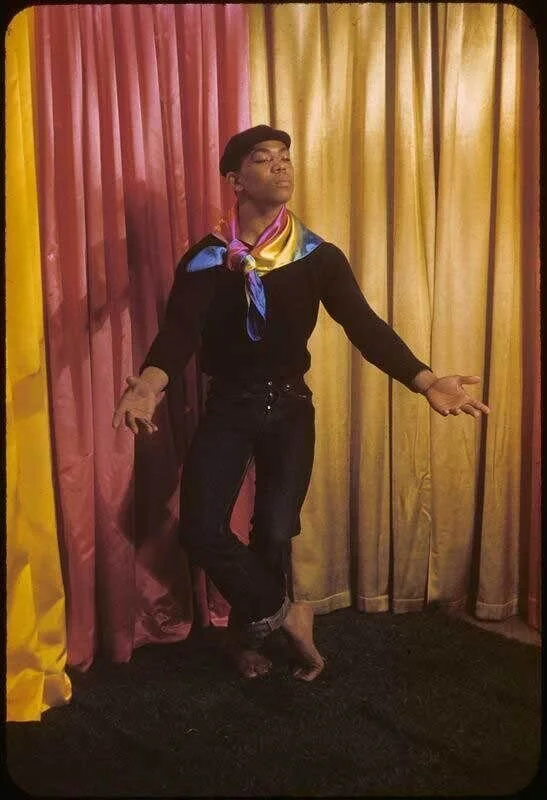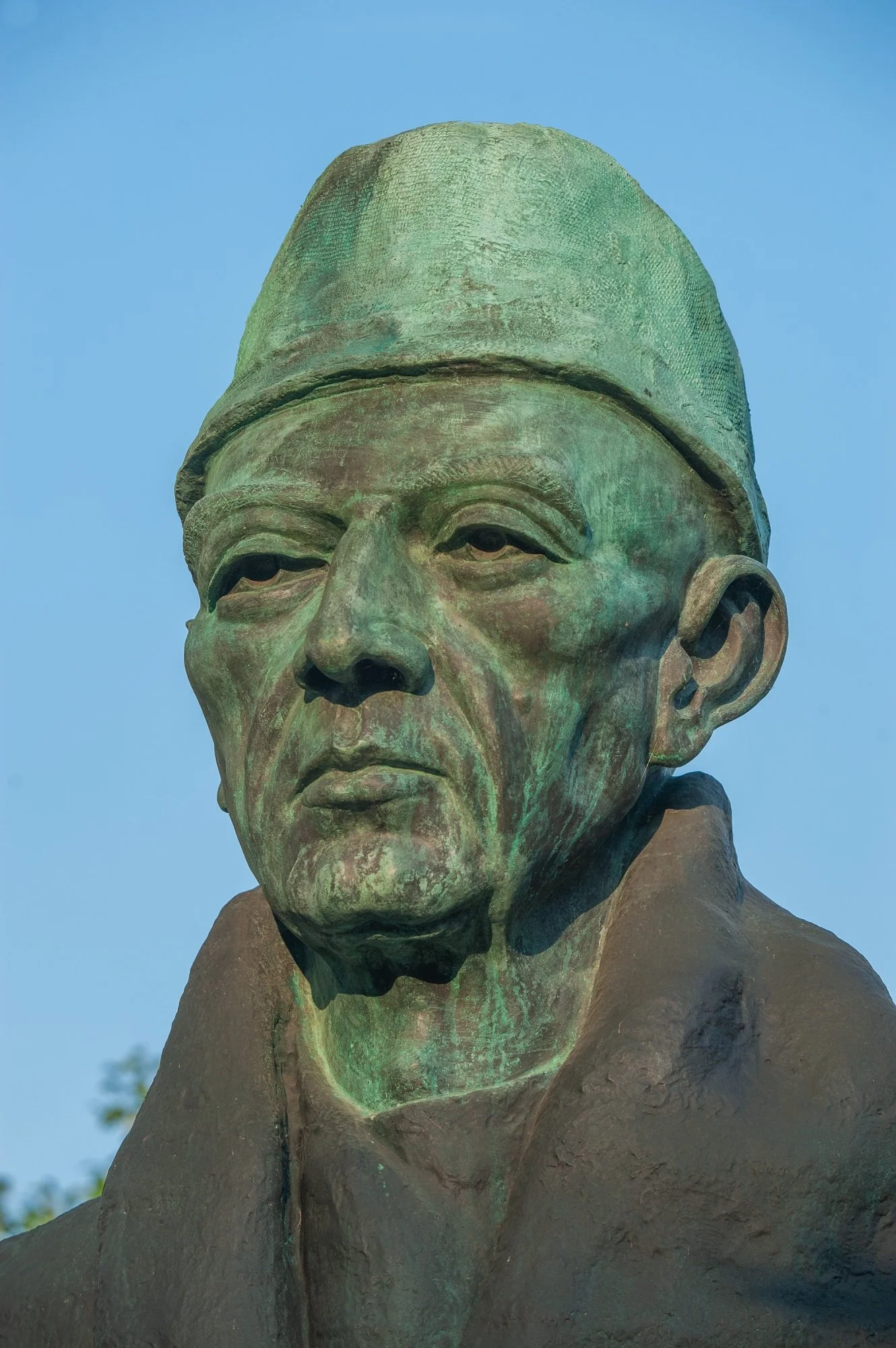Edges of Ailey
Whitney Museum of American Art
New York, 99 Gansevoort Street
Presented at the Museum in two parts, Edges of Ailey consists of an immersive exhibition in the Museum’s 18,000 square-foot fifth-floor galleries—featuring works by more than eighty artists and revelatory archival material—and an ambitious suite of performances in the Museum’s third-floor theater, including AILEY in residence for one week each month during the exhibition.
Alvin Ailey. Photo by John Lindquist. ©️ Harvard Theatre Collection, Houghton Library, Harvard University
Sweeping holdings of rarely seen archives, including performance footage, recorded interviews, notebooks, letters, poems, short stories, choreographic notes, drawings, and performance programs and posters gathered from Ailey’s archives and others forge a vital throughline in the gallery. Selections from the Alvin Ailey Archival Papers—courtesy of the Allan Gray Family Foundation and held at the Black Archives of Mid America in Kansas City, Missouri—and the Alvin Ailey Dance Foundation Archives Collection held at the Library of Congress are of singular importance, specially digitized and exhibited for this show’s occasion. A dynamic montage of Ailey’s life and dances will play on loop across an 18-channel video installation created by filmmakers Josh Begley and Kya Lou, with curator Adrienne Edwards.
Ailey’s presence, felt through the video surround and his encased personal effects, envelops a scenic installation of artworks by over eighty artists. These works are arranged by themes that shaped Ailey’s life and dances. Sections span an expanded Black southern imaginary that enfolds histories of the American South with those of the Caribbean, Brazil, and West Africa; the enduring practices of Black spirituality; the profound conditions and effects of Black migration; the resilience for and necessity of an intersectional Black liberation; the prominence of Black women in Ailey’s life; and the robust histories and experiments of Black music; along with the myriad representations of Blackness in dance and meditations on dance after Ailey.







